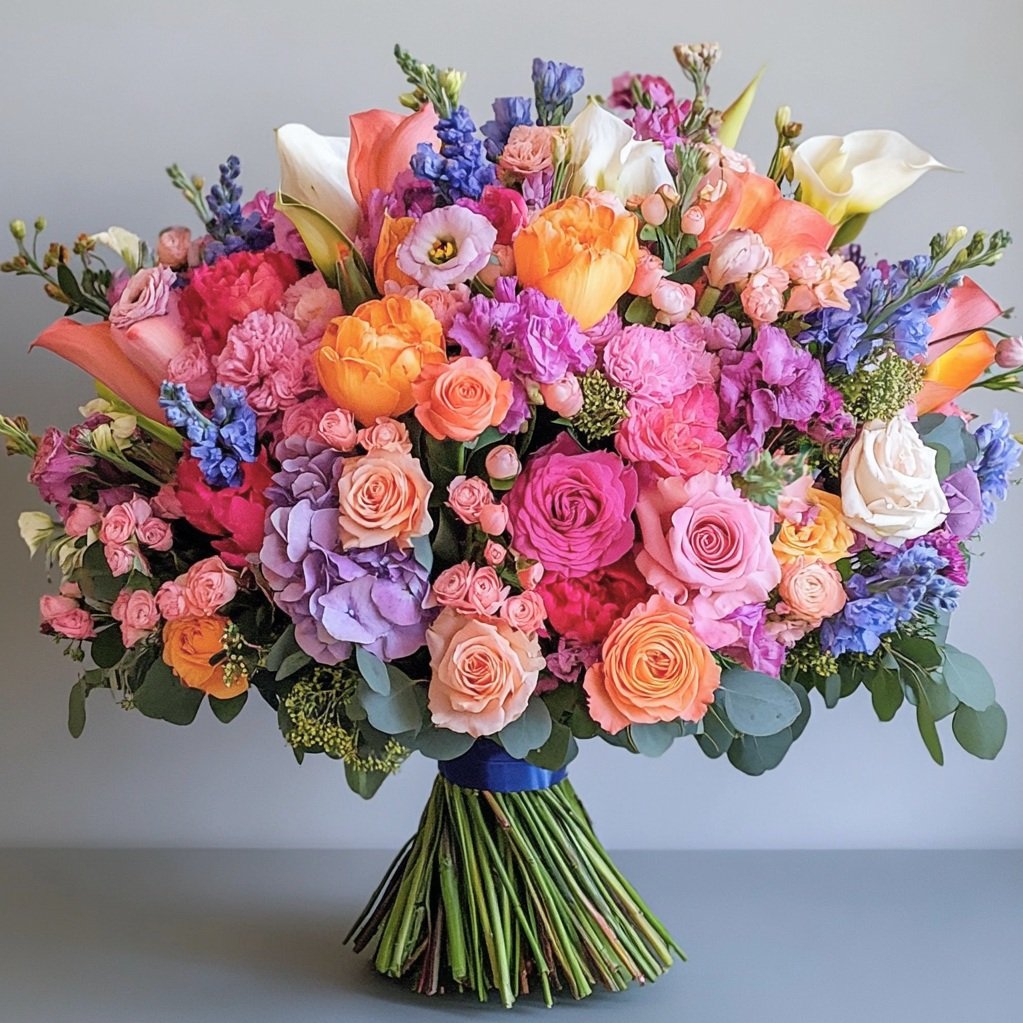A Guide to Theories Advanced Florists Should Know
1. Flower Language (Floriography)
Understanding the meaning behind different flowers enhances communication through arrangements. Each flower and its colour can convey specific messages, making it essential for creating meaningful compositions. For example, red roses signify love, while white lilies represent purity. Familiarity with floriography helps florists to better serve clients seeking specific sentiments.
2. The Fundamentals of Design
Advanced floral design theory incorporates elements such as line, form, texture, and colour. These elements guide the aesthetic composition of arrangements, ensuring balance and harmony. Familiarising oneself with design principles, like symmetry and asymmetry, leads to more visually appealing and cohesive creations.
3. Proportions and Scale
Understanding the relationship between the size of individual flowers and the overall arrangement is crucial. Mastery of proportions ensures that arrangements are harmonious and appropriate for their intended settings, whether a small vase on a dining table or an elaborate display for a wedding.
4. Seasonal Availability
Knowledge of seasonal flowers enhances the quality of arrangements. Florists should understand local climates and flower growth cycles to provide clients with fresh, vibrant, and sustainable options. Adapting designs to include seasonal blooms not only reduces costs but also creates arrangements that resonate with current environmental contexts.
5. Colour Theory
An understanding of colour theory helps florists create mood and evoke emotions. Knowledge of colour combinations—complementary, analogous, and triadic—allows for strategic selection when designing bouquets. Additionally, understanding the psychological impact of colours can aid in tailoring arrangements to specific occasions or sentiments.
6. Sustainability Practices
As awareness of environmental issues rises, advanced florists must consider sustainability in their practices. Familiarity with sustainable sourcing, such as local flower farms and eco-friendly materials, is essential. Implementing practices like flower recycling or using biodegradable packaging not only attracts eco-conscious clients but also contributes to the industry's overall sustainability.
7. Advanced Techniques
Proficiency in various advanced techniques, such as wiring, taping, and using floral foam, is crucial for creating intricate designs. These skills enhance the structural integrity and longevity of arrangements, allowing florists to push creative boundaries while ensuring their work remains visually impressive.
8. Marketing and Branding Strategies
Understanding the fundamentals of marketing and branding is vital for florists looking to establish a strong presence in the competitive market. Knowledge of digital marketing, social media engagement, and customer relationship management can significantly impact business growth and customer loyalty.
9. Event Planning Coordination
Florists often work alongside event planners and coordinators. Knowledge of event planning can facilitate smoother collaborations, resulting in more cohesive designs that align with the overall vision of an event. Understanding the practicalities of logistics, timelines, and client expectations is essential.
10. Continuous Education and Trends
The floral industry is ever-evolving, making continuous education imperative. Staying informed about the latest trends, techniques, and technologies—such as floral preservation methods or the use of artificial lighting—ensures that florists remain competitive and innovative. Engaging in workshops, seminars, and industry events can foster professional growth and creativity.
Mastering these theories not only enhances a florist's skill set but also elevates the overall experience for clients, setting the stage for exceptional floral artistry.
